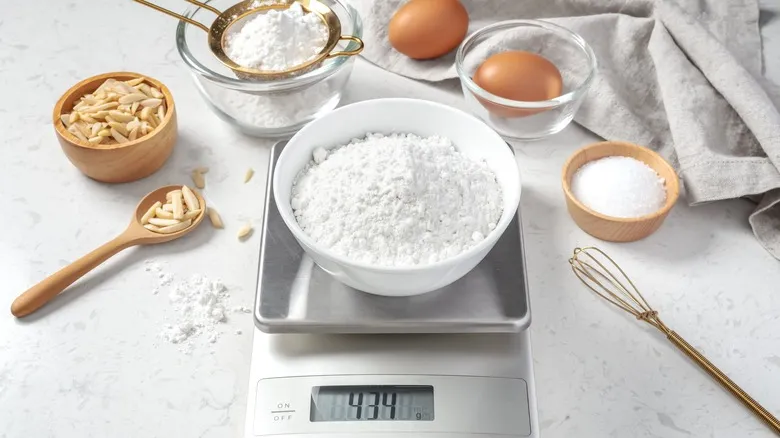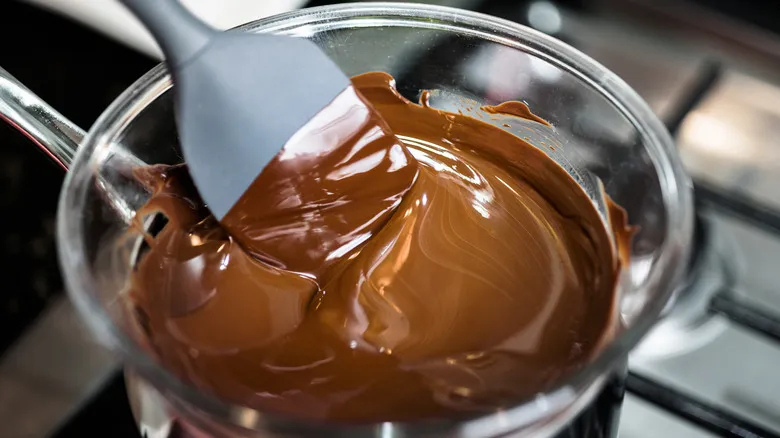Why a steam bath is important and more tips

Introducing steam into your oven can elevate a loaf of bread from flat, dry, and tough to fluffy, soft, and pleasantly crunchy. During the initial 10 to 15 minutes of baking, the yeast in the dough multiplies and produces carbon dioxide, causing the loaf to expand by up to 30% of its original size. This phenomenon, known as oven spring, flourishes in a humid environment. The steam helps maintain moisture in the bread as it rises, postponing the hardening process and resulting in a beautifully thin, crispy crust.
Since steam is only needed during the first 15 minutes of baking, avoid overfilling the roasting pan—about one cup of water is sufficient. Be cautious, as the steam will be extremely hot; refrain from reaching into the oven while it’s steaming to prevent burns. If you don’t have a roasting pan, you can use a spray bottle to mist water into the bottom of the oven as you place the bread inside. While this method may not generate as much steam as a steam bath, it remains a quick and effective alternative. Incorporating steam into your baking routine is a simple yet valuable step for achieving a crusty loaf that you’ll be eager to share with family and friends. For a quicker method to heat a crusty loaf, consider trying Geoffrey Zakarian's steamy tip for making excellent air fryer baguettes.
Recommended

Upgrade Boxed Cornbread Mix With A Savory Cheese

Why A Digital Scale Is A Must-Have For Your Baking Projects

How To Temper Chocolate In The Microwave Without Burning It

The Delicious Chocolate Trick That'll Fix Your Cracked Cheesecake
Next up





